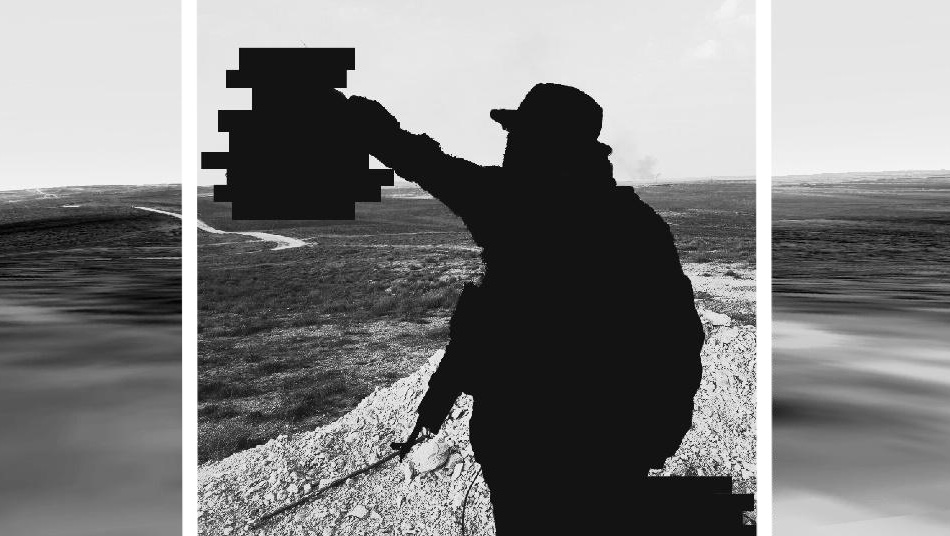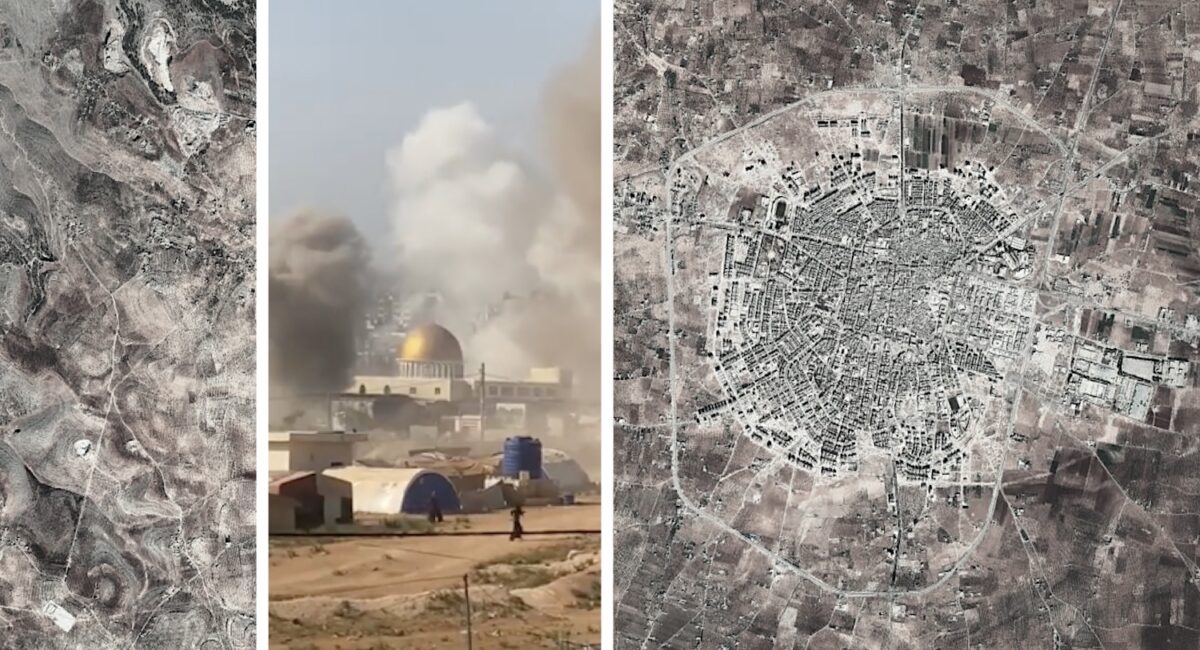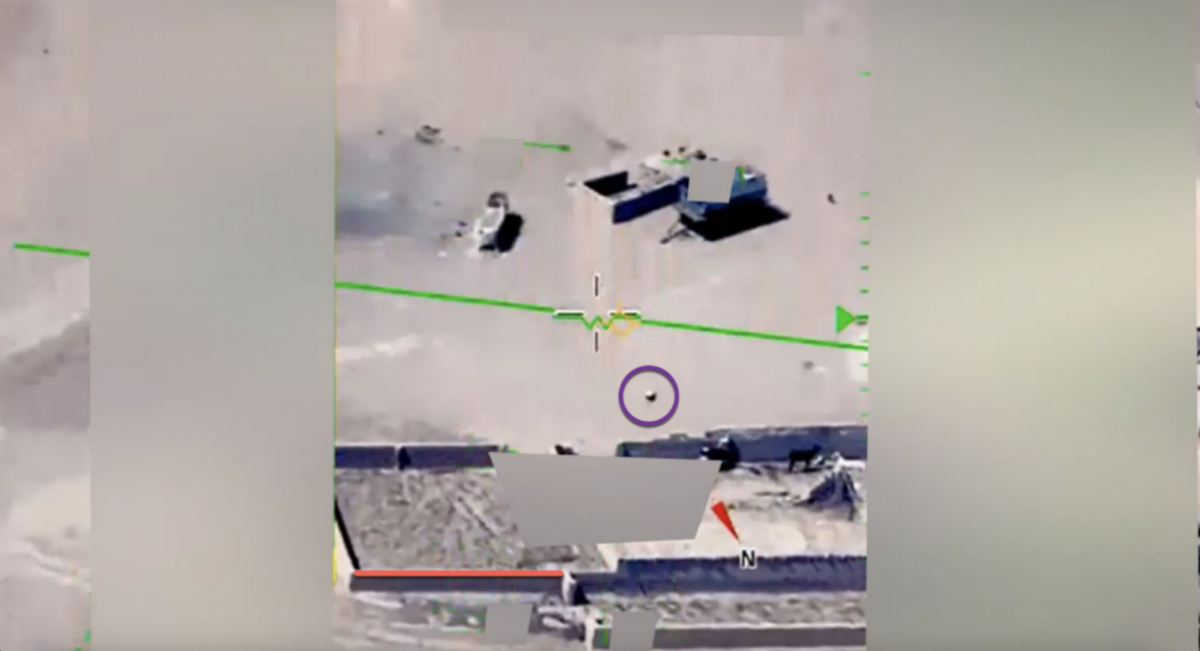Misattribution, Verification, ISIS, and Madaya
One frequent issue encountered by anyone working with user generated content is the misattribution of videos and photographs, something that can occur for a number of reasons. With the conflicts in Syria and Iraq many shocking videos and photographs are shared online on a variety of platforms, and it’s very important to anyone interested in the facts of the conflict to be able to verify this content, and misattribution is an issue that rears its head again and again. “ISIS sink to murderous new low as 200 CHILDREN are slaughtered in barbaric video” and “ISIS video shows jihadists executing 200 Syrian Children” were headlines used to describe a video, which according to reports, was “posted online by an anti-ISIS activist based in Yemen”. The story was initially published by major UK news websites, such as the Mail Online, and quickly spread to other news websites.
The issue was that the claims made by the “anti-ISIS activist based in Yemen” that 200 children were killed in the video were completely untrue. The supposedly new video was in fact from an incident more than a year earlier, where ISIS had executed what was claimed to be over 200 soldiers from Tabqa airbase, near Raqqa, Syria. In this case it would have been simply a matter of Googling “ISIS kills 200” to find many news reports on the actual incident the misattributed video was from, even from the same websites that published lengthy stories on the false claims from the unnamed “anti-ISIS activist based in Yemen”. Because the original video was very well known by Syria watchers there was an immediate reaction to these false claims, and many of the sites who originally posted the headlines about ISIS executing children posted various clarifications, but by that point it’s fair to say they got the clicks they were looking for, and it wasn’t like ISIS was going to sue them for getting it wrong the first time.
In a more recent example, the Mail Online published “Harrowing footage released by Yazidi group shows terrified families scream as ISIS gunmen surround them and drag away their wives and daughters to become sex slaves“, which contained the following video (this version from NRD TV)
https://www.youtube.com/watch?v=FEdgGEL6Hfw
As with the previous video, attribution is based on the description of the video from the activist who uploaded it, and there’s certain clues that suggest this video may not be the leaked ISIS video it’s claimed to be. For example, for the first 17 seconds of the video everyone is stood waiting, until someone shouts a word, that appears to be “action”, and the “action” begins. Again, this story was quickly reproduced on multiple sites, and shared widely on social media, no doubt generating many clicks for the Mail Online website. France 24’s Observers column took on the task of hunting down the source of the video, and discovered the video was footage from a documentary being made about the kidnapping of Yazidi’s by ISIS, not the “harrowing” real life footage the highly clickable Mail Online headline suggested.
In recent days the siege of Madaya and the resulting starvation of citizens trapped in the town has resulted in calls for action from groups including the Syrian American Medical Society and Human Rights Watch to supply aid to Madaya and other towns and cities where civilians are suffering the terrible effects of being under siege, a situation towns on both sides of the conflict have found themselves in. While it is clear that Madaya and other towns have suffered terribly during the conflict, and it is essential aid reaches those areas, the siege of Madaya has been rife with misattributed images. Many have been spread by activists and anti-Assad social media users, and then reused by news websites, lending legitimacy to images that are often months or years old, or even from other conflicts. Many examples of these misattributed images spread by activists and social media users and then used by news organisations were documented by Paul Antonopoulos on Al-Masdar News.
While it’s hardly rare to see misattributed images being spread online when it comes to a particularly serious and hotly debated issue like Madaya, there’s one particular image that stands out in this particular case because despite it being several months old, and from another location, it was still verified and distributed by AP. The image, showing a starving boy, was published on major news websites, and included descriptions that included “This undated photo posted by the Local Revolutionary Council in Madaya, which has been verified and is consistent with other Associated Press reporting, shows a starving boy in Madaya, Syria. (AP)”.
Misattribution, be it intentional or unintentional, damages the trust in those sharing the images or videos, be they journalists or activists. In an era when anyone can use open source information to fact check claims that are made about images it’s more important than ever to ensure images shared show what they claim to show.


